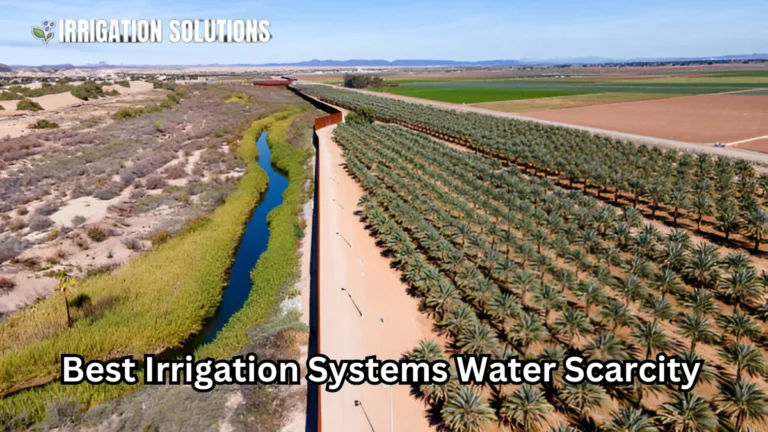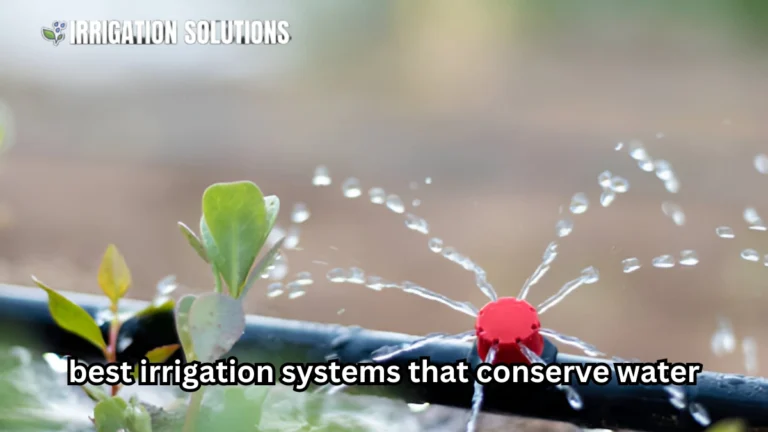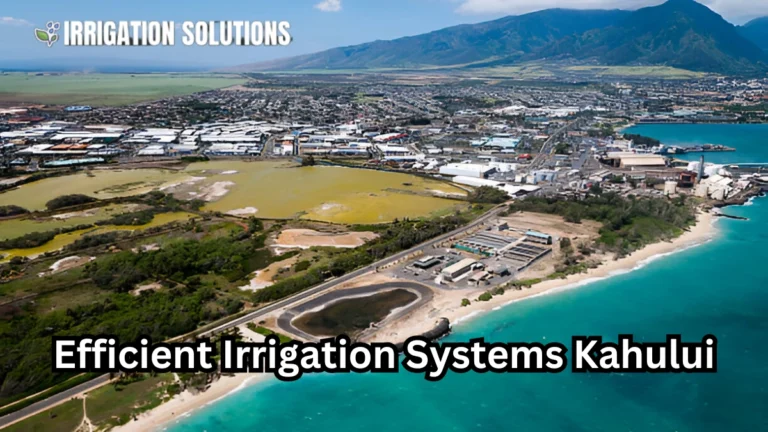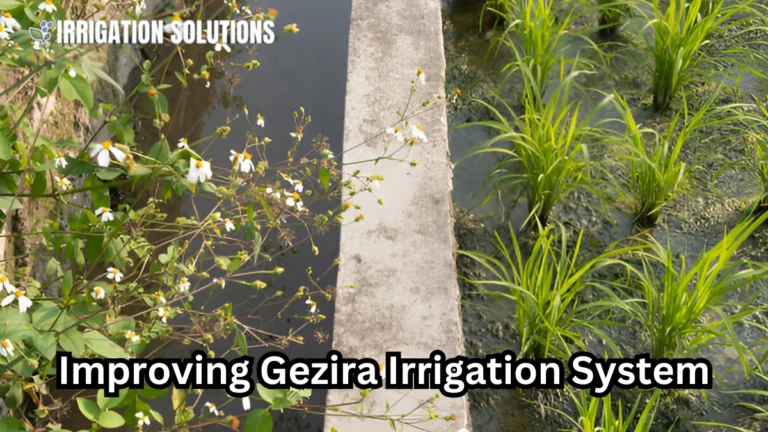Top mechanical irrigation solutions
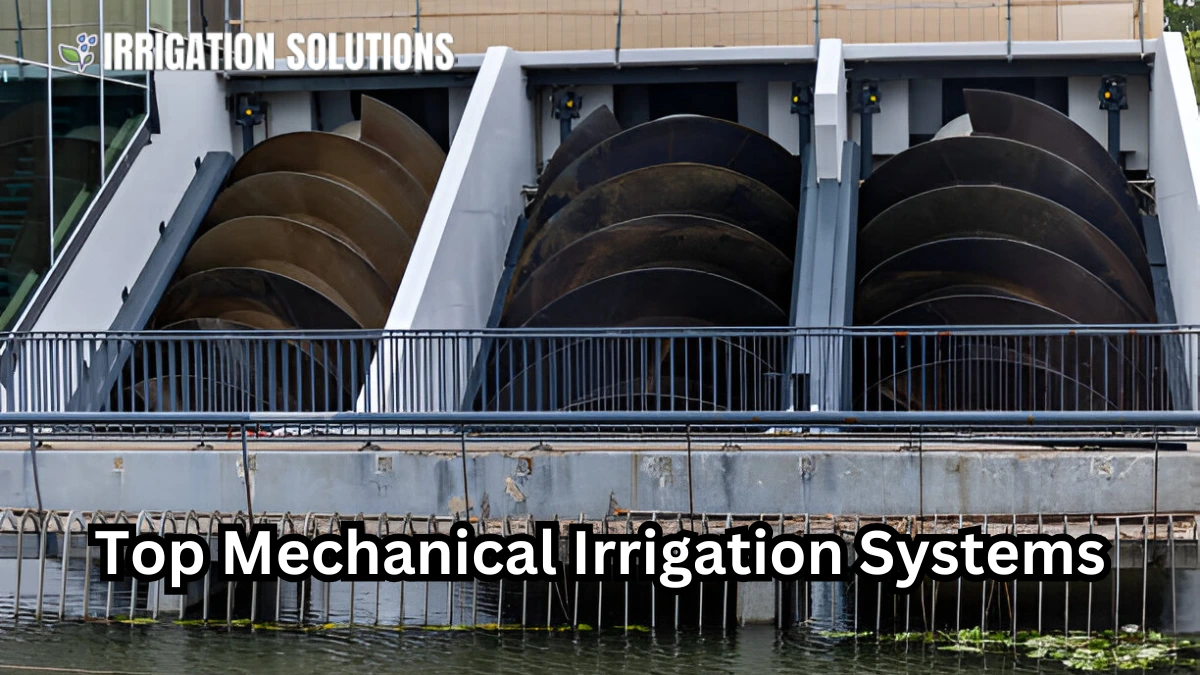
In agriculture, water management plays a pivotal role in ensuring crop health and productivity. Mechanical irrigation solutions have revolutionized how farmers deliver water to their fields, making irrigation systems more efficient, precise, and reliable. This blog dives deep into the world of mechanical irrigation, offering valuable insights into various systems, technologies, and best practices.
Understanding Mechanical Irrigation
Mechanical irrigation refers to the use of machinery and equipment to deliver water to crops. These systems reduce manual labor, improve water efficiency, and support sustainable farming practices.
Key Benefits of Mechanical Irrigation:
- Precision Watering: Targets specific areas to prevent water wastage.
- Time Efficiency: Automates watering schedules, saving valuable time.
- Sustainability: Reduces water consumption, benefiting the environment.
Types of Mechanical Irrigation Solutions
Center Pivot Irrigation
A widely used system, center pivot irrigation involves a rotating mechanism that distributes water evenly across large circular fields.
How it Works:
- A central pipe acts as the pivot, supplying water to sprinklers attached to long arms.
- The system rotates in a circular pattern, covering extensive areas efficiently.
Advantages:
- Covers up to 500 acres per pivot.
- Saves water through uniform distribution.
- Suitable for various soil types and crops like corn, wheat, and alfalfa.
| Feature | Details |
| Coverage Area | 130-500 acres per pivot |
| Water Use Efficiency | High |
| Ideal Crops | Corn, wheat, soybeans |
Drip Irrigation
This method delivers water directly to the plant roots through a network of pipes, valves, and emitters.
Key Features:
- Minimal water loss through evaporation.
- Promotes healthier root systems.
- Ideal for orchards, vineyards, and row crops.
Case Study:
In California, a vineyard switched to drip irrigation and reduced water usage by 40% while increasing grape yield by 30%.
Sprinkler Systems
Sprinkler systems simulate rainfall by distributing water through high pressure nozzles.
Common Types:
- Fixed Sprinklers: Stationary systems for specific zones.
- Movable Sprinklers: Portable setups for diverse applications.
Why Choose Sprinklers?
- Versatile and suitable for different terrains.
- Cost-effective for small to medium sized farms.
Surface Irrigation
An older yet effective method where water flows over the soil surface to hydrate crops.
Notable Facts:
- Low tech but highly labor intensive.
- Best for crops like rice, where flooding is beneficial.
| Irrigation Method | Efficiency (%) | Ideal Crops |
| Drip Irrigation | 90-95% | Orchards, row crops |
| Center Pivot | 80-85% | Grains, vegetables |
| Surface Irrigation | 60-70% | Rice, sugarcane |
Factors to Consider When Choosing an Irrigation System
Water Source Availability
Evaluate the proximity and reliability of your water source. For instance, areas with limited water might benefit more from drip irrigation due to its conservation capabilities.
Crop Requirements
Different crops demand different irrigation approaches. For example:
- Shallow rooted plants like lettuce prefer drip irrigation.
- Deep rooted crops like sugarcane thrive with surface methods.
Soil Type
The type of soil affects water retention and drainage:
- Clay Soil: Retains water well, ideal for surface irrigation.
- Sandy Soil: Drains quickly, benefits from drip systems.
Maintenance and Cost Implications
While mechanical irrigation systems reduce labor, they require routine maintenance.
Common Maintenance Tasks:
- Cleaning nozzles to prevent clogs.
- Inspecting pipelines for leaks.
- Regular calibration to maintain efficiency.
| System Type | Installation Cost (per acre) | Maintenance Cost (per year) |
| Drip Irrigation | $500-$1,200 | $50-$100 |
| Center Pivot | $700-$1,500 | $100-$200 |
| Sprinklers | $300-$700 | $30-$80 |
Emerging Trends in Mechanical Irrigation
Smart Irrigation Technologies
Innovations like IoT-enabled sensors and automated controls are transforming irrigation practices.
Example:
Farmers in Texas integrated soil moisture sensors with a mobile app, reducing water usage by 25%.
Solar Powered Systems
With rising energy costs, solar powered irrigation pumps are gaining popularity. These systems:
- Lower electricity bills.
- Operate efficiently in remote areas without grid access.
Environmental Impact of Mechanical Irrigation
Adopting sustainable irrigation practices helps conserve natural resources.
Environmental Benefits:
- Reduces groundwater depletion.
- Prevents soil erosion through controlled watering.
- Supports biodiversity by maintaining healthy ecosystems.
Best Practices for Implementing Mechanical Irrigation
- Conduct Soil and Water Analysis: Ensure the chosen system matches soil conditions.
- Optimize Water Pressure: Prevent overwatering by maintaining the correct pressure.
- Use Automated Timers: Schedule watering based on crop needs and weather conditions.
- Monitor and Evaluate: Continuously assess system performance for improvements.
Final Thoughts
Mechanical irrigation solutions offer a reliable way to improve farm productivity while conserving water. By choosing the right system, maintaining it properly, and integrating innovative technologies, farmers can ensure long term sustainability and profitability.

